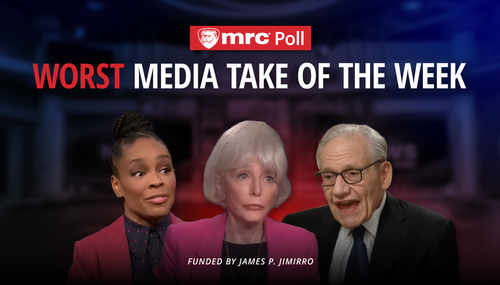 Women are suffering inequality in everything, including sports. That’s the media’s take on Forbes’ annual list of highly-paid athletes.
Women are suffering inequality in everything, including sports. That’s the media’s take on Forbes’ annual list of highly-paid athletes.
Forbes magazine released its 2018 list of the World’s 100 Highest-Paid Athletes on June 5th. Not a single woman made the list this year – and, consequently, the media are freaking out about “respect” and “equality.”
According to writers and reporters, the move challenged women’s equality.
On Wednesday, a subheadline for one Guardian story stated that, “Until women are respected in the same way men are, such lists and the gender pay gap will not shift.” (Because the sole reason that women athletes are paid less is a lack of respect for women, apparently.)
For Huffington Post, women’s reporter Alanna Vagianos called it, “quite the boys club” on June 6. That same day, CNN Sport digital producer Aimee Lewis reported that women have far to go until they achieve true equality.
“[T]his year’s list starkly highlights that the pace of change is slow and a huge disparity remains,” she stressed.
Nevermind that viewership for women's sports is much lower than for men’s. The most-watched WNBA Finals Game 1 was in 2016 with 579,000 viewers. NBA Final Game 1 in 2018, however, was 13.6 million views. More views means more ad revenue which means more money overall for the teams.
It’s worth noting that while tennis star Serena Williams made was #51 last year, her season was cut short due to her giving birth.
Kate O’Halloran, sports writer for The Guardian, cited that one of the main reasons behind the wage gap is that women do more housework and take time off to raise children. She also noted why Williams was off the list, even though Williams still made an estimated $18 million. Maybe she wanted to raise a family and viewed that as more important. But to feminists, making more money is what makes you equal to men.
Having high-paid women athletes is great. But the media need to consider all the factors that play into that if they’re going to accuse sports of not respecting women.
The wage gap, for instance, is commonly misunderstood. When factors like job title, education, work hours are taken into consideration, the wage gap is 98 cents on the dollar, according to PayScale. And not the 80 cents that the media push.





